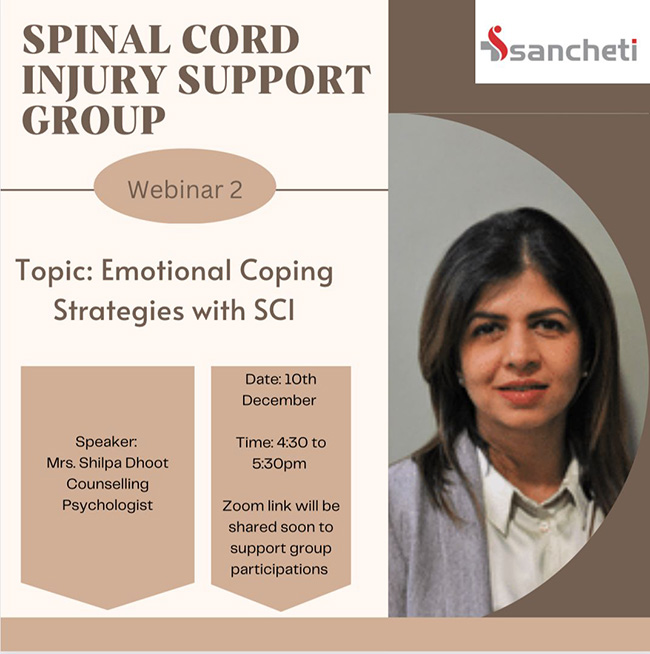Carpal Tunnel Syndrome (CTS) is a condition caused by compression of the median nerve as it travels through the carpal tunnel, a narrow passageway in the wrist. The median nerve controls sensation and movement in the thumb and first three fingers. When this nerve is compressed, it can lead to a range of symptoms in the hand and arm.
Symptoms of Carpal Tunnel Syndrome:
- Numbness, tingling, and pain in the thumb, index finger, middle finger, and half of the ring finger.
- Weakness in the hand and difficulty gripping objects.
- A feeling of swelling in the fingers, even if no swelling is present.
- Symptoms often worsen at night and may be relieved by shaking or moving the hand.
Causes of Carpal Tunnel Syndrome:
- Repetitive hand movements, especially those that involve prolonged flexing of the wrist.
- Conditions such as rheumatoid arthritis, diabetes, and hypothyroidism.
- Pregnancy, due to fluid retention that can increase pressure in the carpal tunnel.
- Wrist injuries or fractures.
- Genetic predisposition, as the carpal tunnel may be smaller in some individuals.
Diagnosis:
- Physical examination: Tinel’s sign (tapping on the median nerve to elicit symptoms) and Phalen’s maneuver (flexing the wrist to see if symptoms are reproduced).
- Nerve conduction studies and electromyography (EMG) to assess the function of the median nerve.
- Ultrasound or MRI may be used to visualize the carpal tunnel and surrounding structures.
Treatment:
- Non-surgical options:
- Wrist splinting: Wearing a splint, especially at night, to keep the wrist in a neutral position and reduce pressure on the median nerve.
- Activity modification: Reducing or avoiding activities that aggravate symptoms.
- Medications: NSAIDs for pain and inflammation.
- Corticosteroid injections: To reduce inflammation and swelling in the carpal tunnel.
- Surgical options:
- Carpal tunnel release surgery: A procedure to cut the ligament pressing on the median nerve, which can be done through open surgery or endoscopic techniques.
Prevention:
- Taking frequent breaks from repetitive tasks involving the hands and wrists.
- Using ergonomic tools and workstations.
- Performing hand and wrist exercises to maintain flexibility and strength.
- Maintaining a healthy weight and managing underlying health conditions.
Early diagnosis and treatment of carpal tunnel syndrome can help alleviate symptoms and prevent permanent nerve damage.
4o









0 comments on “What is Carpal Tunnel Syndrome.?”